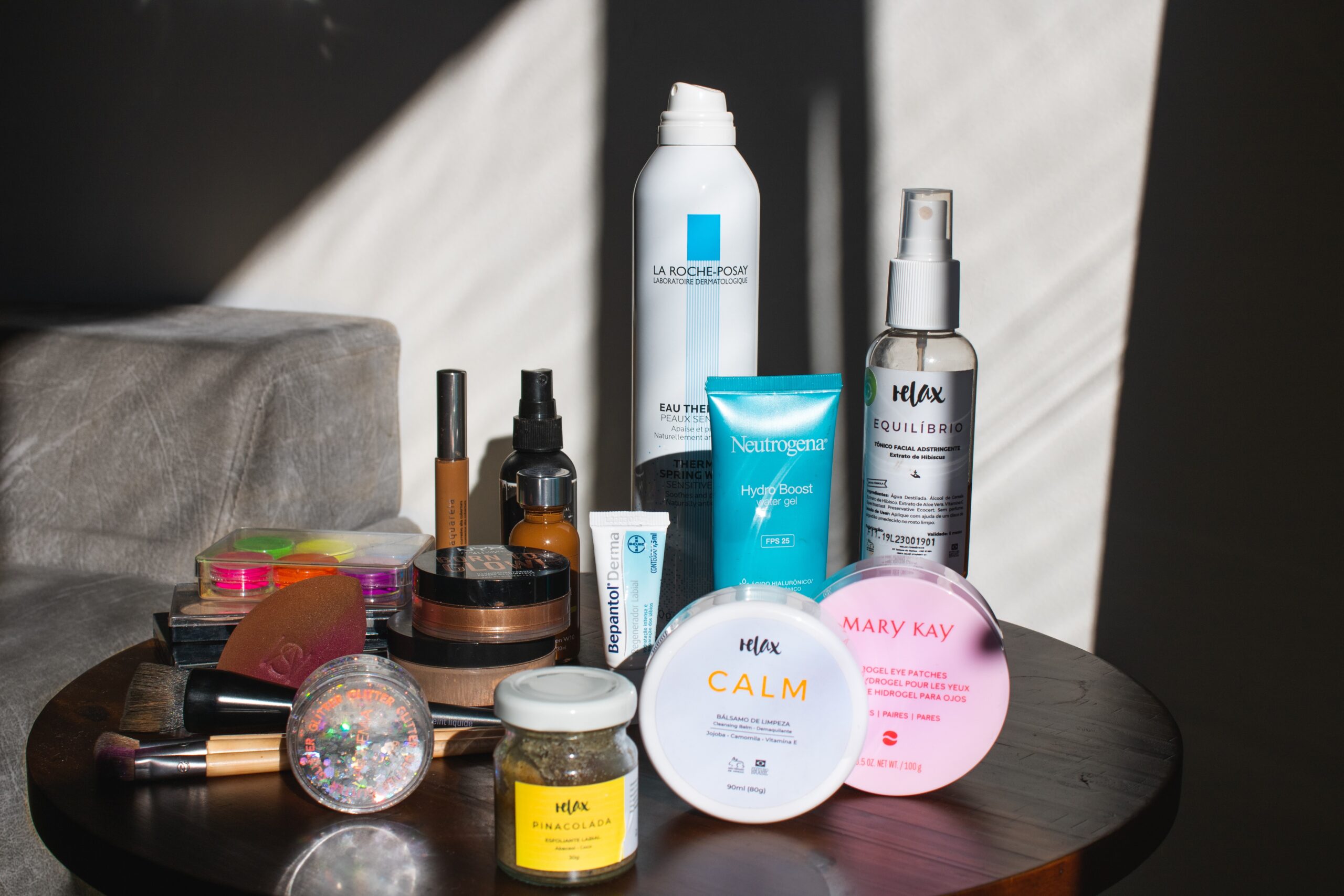Understanding Cosmetics Packaging: A Comprehensive Guide
Over the years, the beauty industry has experienced significant growth due to the continuous consumer demand. As more beauty trends quickly rise and gain popularity, the market faces an annual growth rate of 4.75% worldwide. Much of this success can be correlated to the various beauty preferences that each country favors, resulting in the vast availability of products delivered worldwide.
While such a feat can be considered beneficial for different consumers, it also toughens the competition that your business will have to face. As more companies enter the market, maintaining your brand will no longer be as easy as it was. This means that you will need to constantly look for new and innovative ways to make your products stand out and appeal to your audience.
One of the best ways to achieve this is through your product packaging. Creating an appealing product packaging design and providing a great unboxing experience is a common marketing tactic that can help make your brand unique. These designs can also help you establish a stronger connection with your customers while enhancing your value in the market. But how exactly do you achieve the right type of custom packaging for your products?
The Three Layers of Cosmetics Packaging
These days, many consumers often rely on the product packaging of an item to tell if something is worth buying or not. Because of this, cosmetic companies from all around the globe place great importance on how they design their product line. Here is a look at what each layer of packaging is commonly used for.
- Outer Packaging

In most cases, the outer packaging is the container used to ship orders to your customers, starting from the warehouse where it is manufactured and to the shelves of local retail locations. Apart from telling you what type of product lies inside, its main purpose is to protect the items during transit and ensure their quality is not compromised.
- Inner Packaging
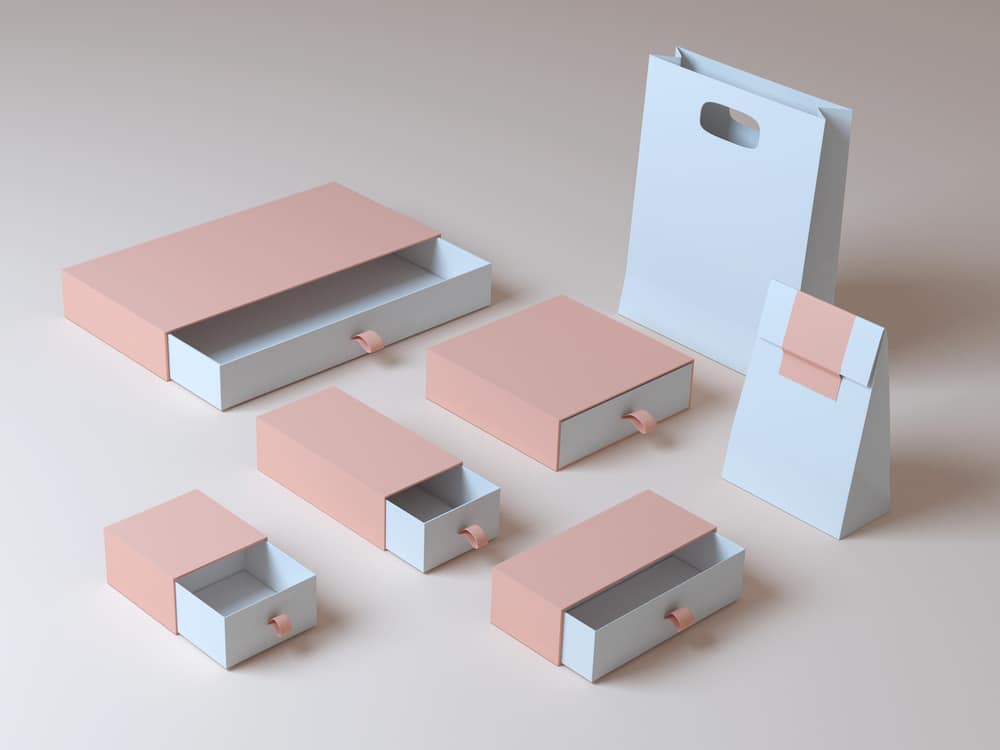
Your inner packaging is the material that houses your product to add another layer of protection while also serving as a display packaging in stores. This layer can be made from several different types of materials, such as folding cartons, sliding boxes, slip lid boxes, cardboard (or corrugated) boxes, and even pillow boxes. It can also contain information about the product, such as ingredients, care instructions, and directions of use.
- Product Packaging
This refers to the packaging that houses the product itself and maintains its quality over time. Common examples of packaging used for cosmetic products can include jars, bottles, tubes, and droppers. However, these can also be molded into custom shapes to best suit other details of your design, such as the packaging colors and product label fonts.
Types of Materials for Cosmetics Packaging
Different types of products will require distinct types of packaging materials as a means of ensuring their quality until it reaches your customer. Below are some of the most common types of materials used for packaging in today’s cosmetic industry.
- Glass
In terms of cosmetics, using glass for your products can be one of the safest options available today. Glass is considered favorable as they do not create chemical reactions with ingredients such as AHA and BHA acids. The composition of the material itself is also quite sturdy, which prevents corrosion from occurring.
Glass containers can help make your product line look more sophisticated and captivating. However, this type of sustainable packaging can also be more expensive to manufacture than plastic and is more likely to break without proper care during transit.
- Plastic
Plastic is one of the most common materials used for packaging cosmetics today because of how lightweight and inexpensive it is. More often, products such as foundation and lip gloss are packaged in Polyethylene terephthalate (PET) bottles to prevent chemical reactions in long-term storage. They can also be used to store creams and lotions in various sizes.
While plastic may be easier to manufacture, it can produce a great amount of waste, leading to harmful effects on the environment.
- Metal
Many cosmetic manufacturers often turn towards tin cans to scrubs, balms, and brow pomades. In terms of design, these materials can help your product look more vintage and unique compared to other common products on the shelf.
Aluminum or tin packaging can come in various forms, such as screw-top lids or deep cans. However, they are generally not recommended for liquid products or those containing essential oils to prevent rust from developing over time.
The Latest Cosmetics Packaging Design Trends
Consumers tend to change their shopping habits based on what appeals to their needs the most. It is crucial to understand these trends and how your brand can best adjust to these new perspectives. Read on to find out some of the best ways to appeal to customers in the modern era.
- Minimalistic design
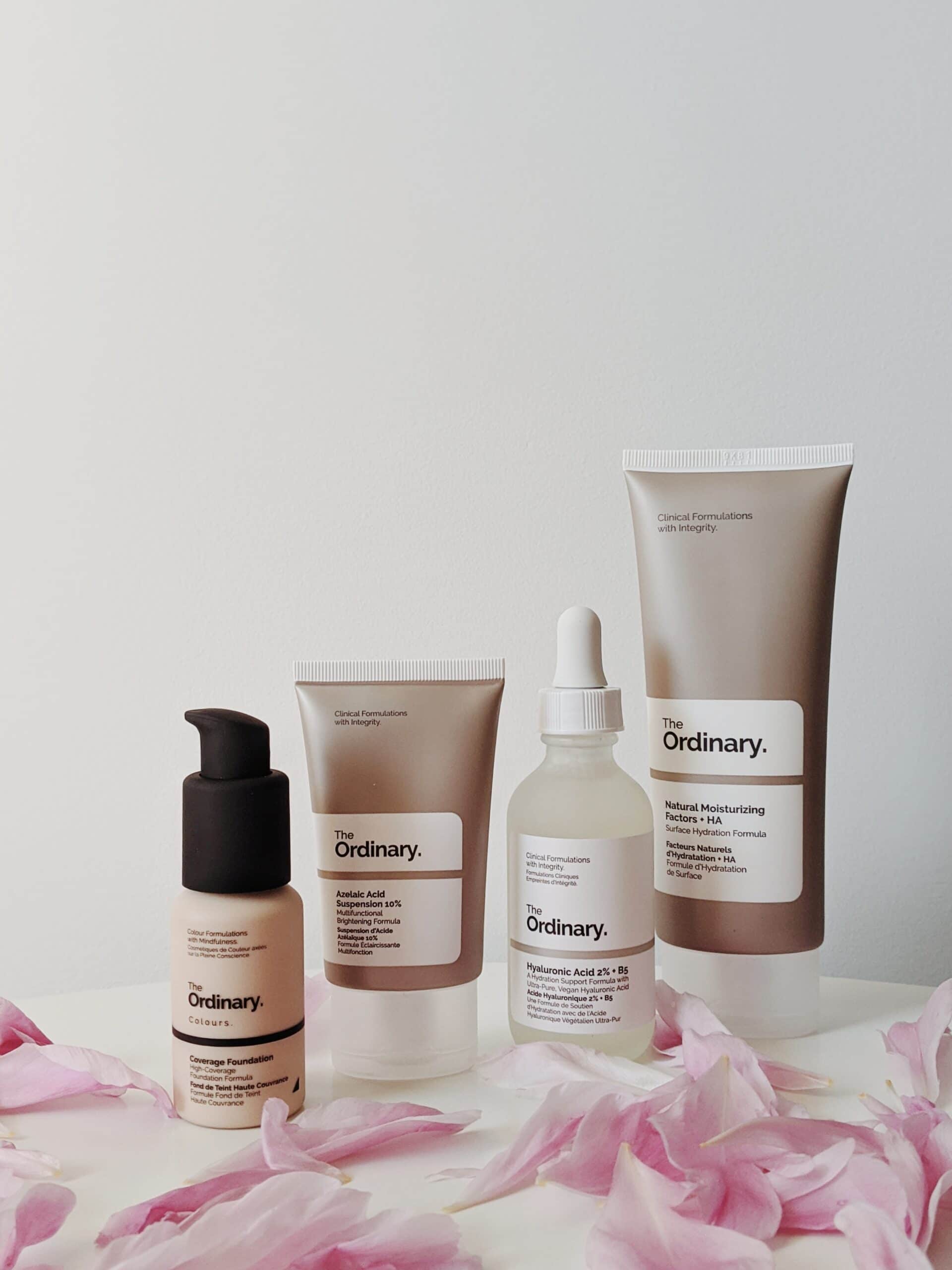
Minimalistic designs can easily make your products look clean and engaging at first glance. At the same time, your message can come across as simple and easily comprehensible.
- Sustainable materials
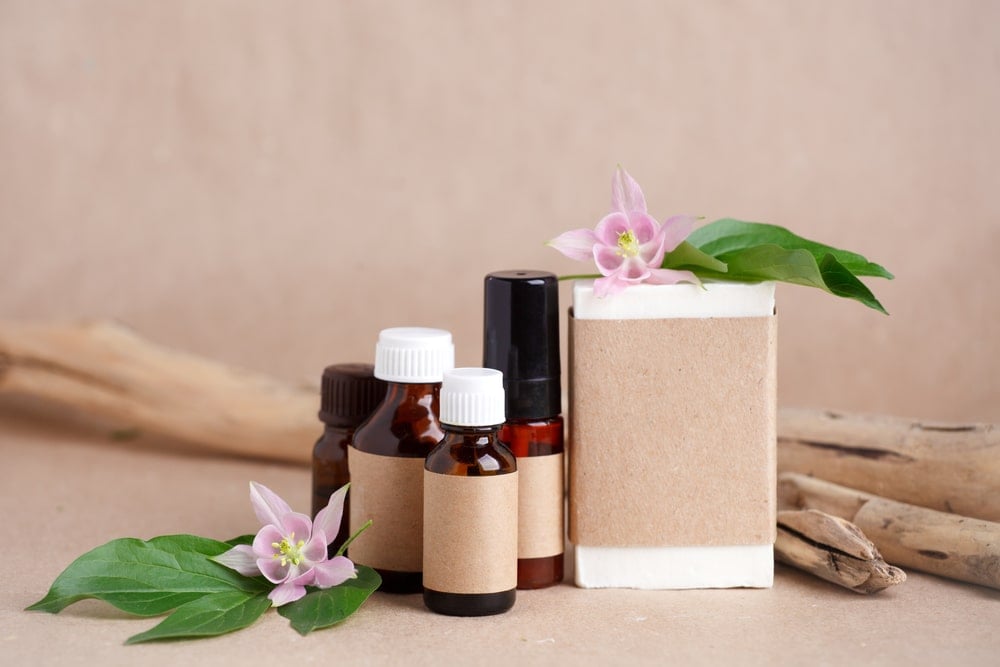
More consumers today are becoming conscious about the waste they produce from the products they buy. Adopting eco-friendly materials in your packaging can be a great way to appeal to these consumers.
- Unique Custom Fonts
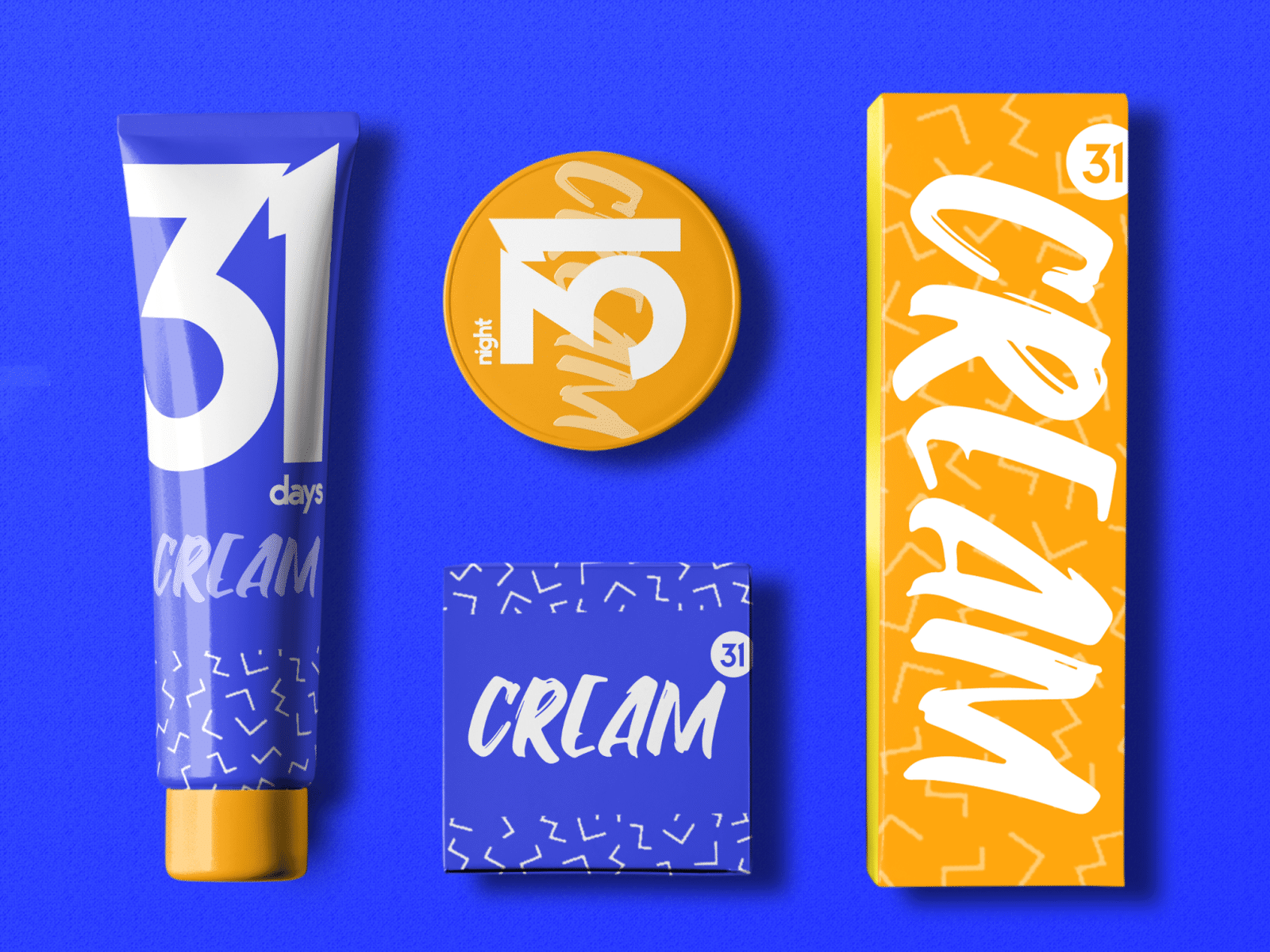
Selecting a packaging font that is visually intriguing can grab the attention of your target market. This can also be a creative way of relaying your brand’s message to the consumer and helping them differentiate it from other products.
- Bold Patterns in Packaging Design
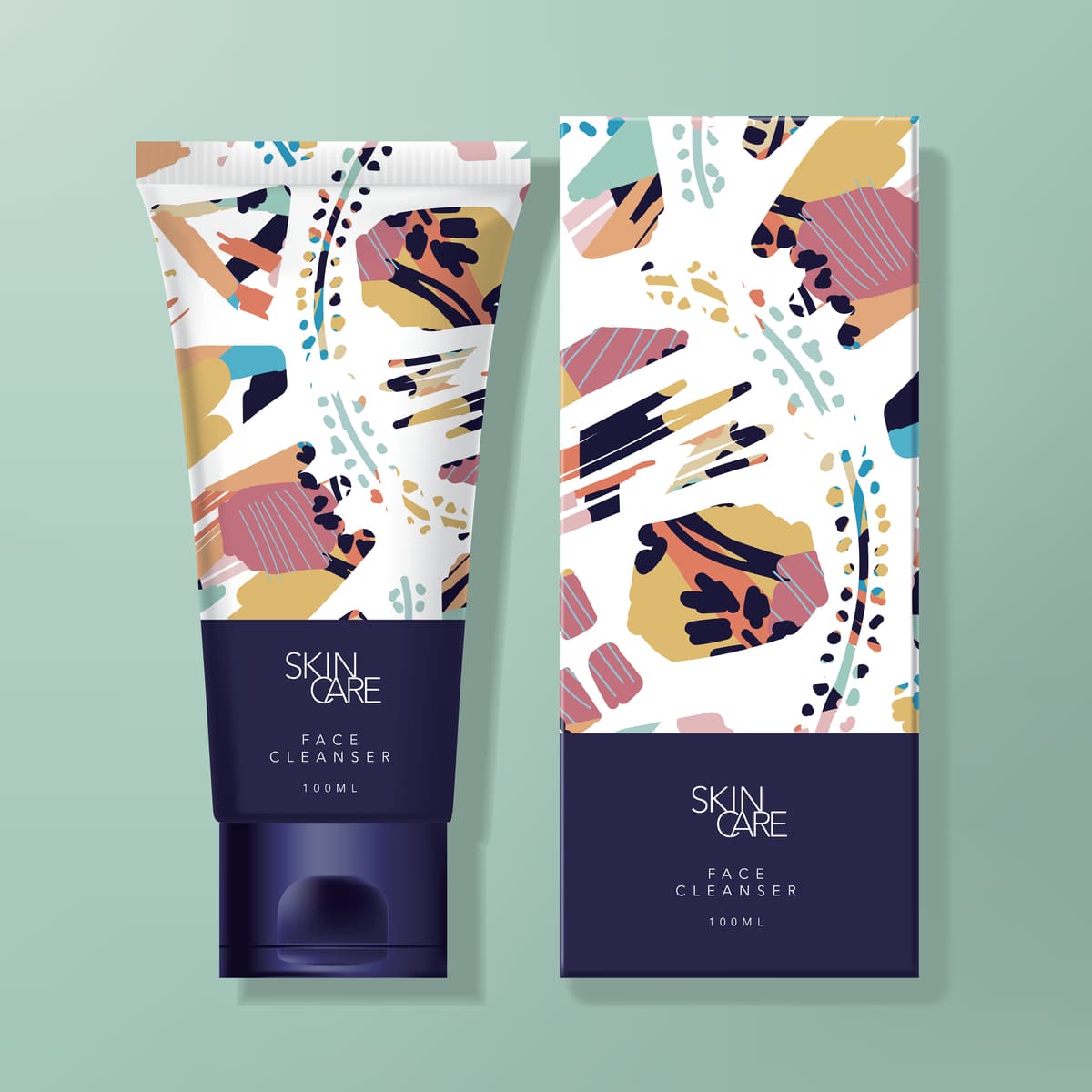
Establishing a distinguishable pattern or logo for your brand allows your customers to quickly spot your products from others on the shelf. This is often a simple and effective way to build your company’s reputation without necessarily using big statements to catch attention.
- Connected packaging
Connected packaging takes customer experience to another level by providing a means of interacting with a product online. In connected packaging applications, a special code, such as a QR code, is printed on or within the product’s package.
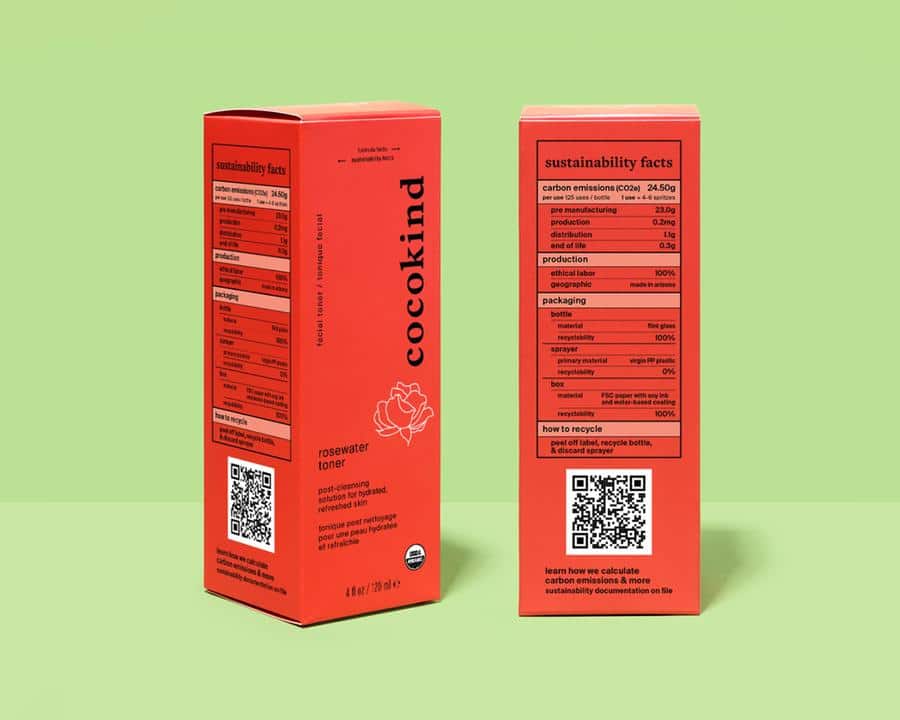
Consumers can scan and activate this code with a mobile device to receive exclusive content. This is a convenient way to introduce your brand to modern consumers where devices such as smartphones are a necessity.
- Refillable products
Refillable products are growing in popularity as more consumers are keener on introducing eco-friendly options to their personal care routine. Apart from producing refill pouches for your different products, refill stations are also a great way to ride this trend while reducing the amount of waste you produce.
- Travel-friendly sizes
Smaller packaging sizes are growing in popularity as many beauty products become essential, especially while traveling. Because of this, it is important to incorporate packaging designs that make your cosmetics light and easy to carry for those on the go.
- Structured layout
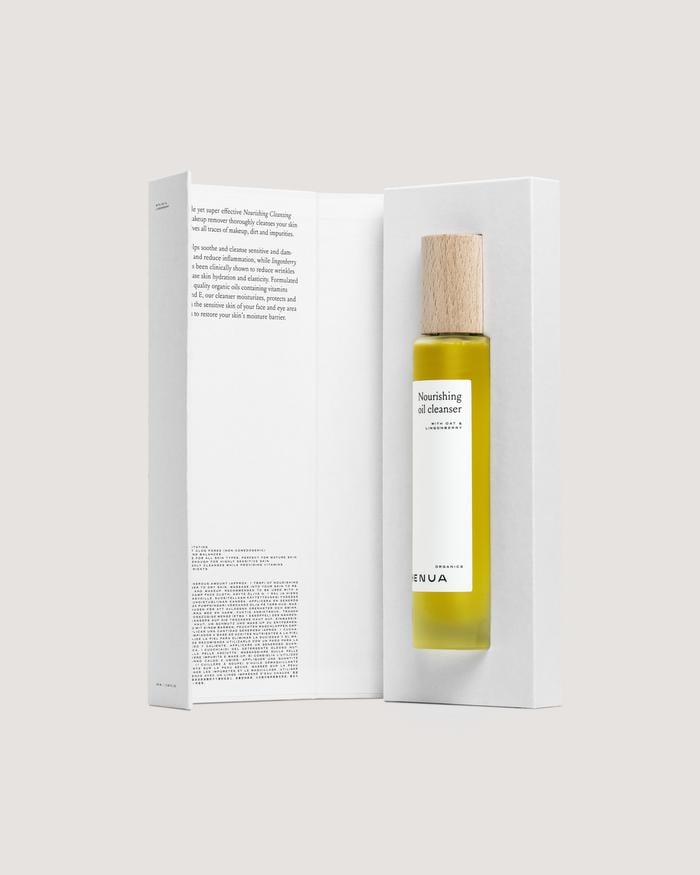
Structured design keeps innovation, coherence, and function in mind, creating a memorable and pleasant user experience. As opposed to commoditized design, structural packaging can be more effective as it aims to make your product stand out on the shelves, represent and enhance your brand and its values, and deliver a memorable unboxing experience for the customer.
- Uniformed color palette
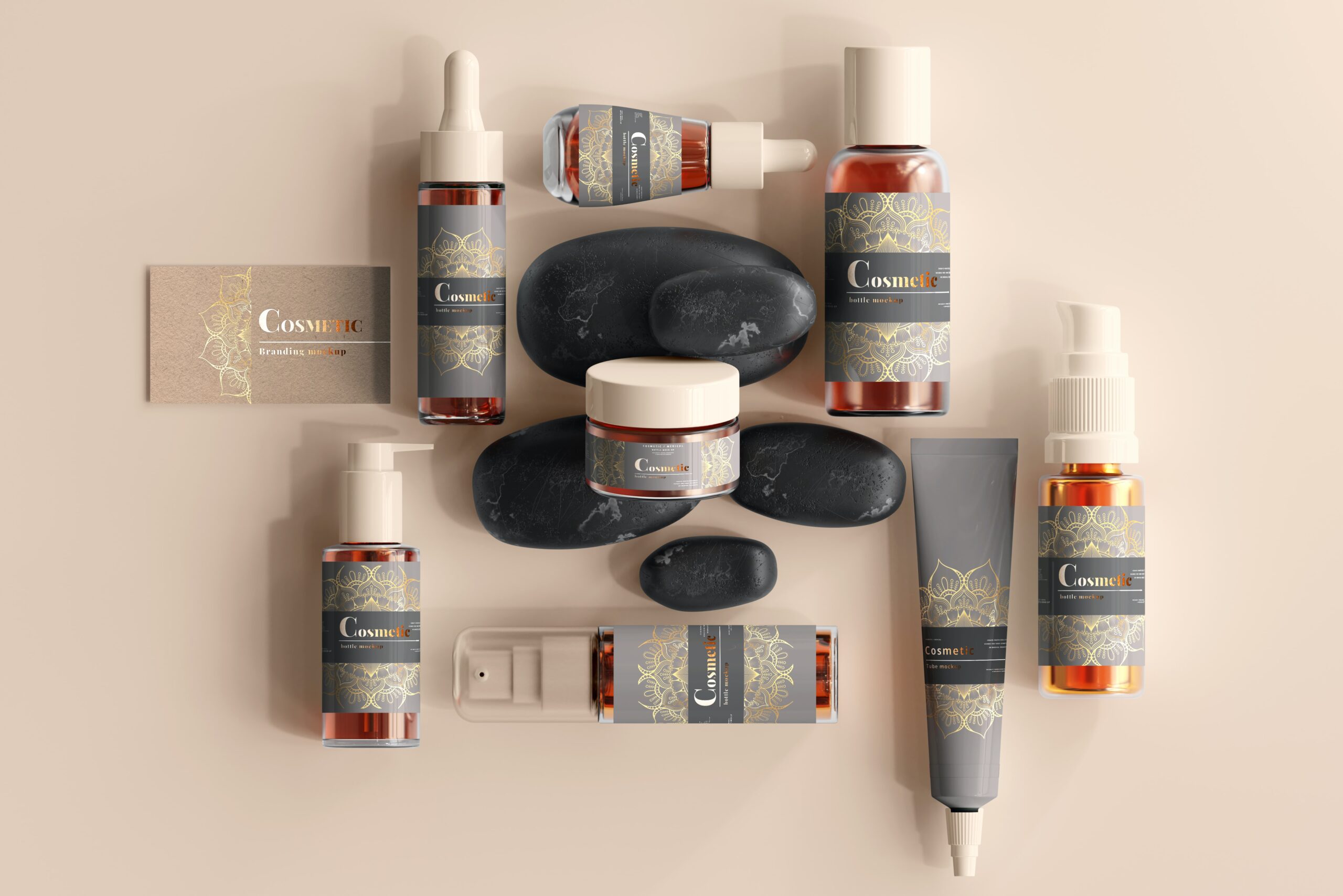
Using too many colors can overwhelm consumers and urge them to make alternative purchases away from your brand. Focus on catching your customers’ attention by using a color palette that is both attractive and easy on the eyes.
9 Things to Consider for Your Cosmetics Packaging
Creating an effective packaging design for your cosmetic products is not a simple process. Many factors need to be considered when selecting a design that represents your brand in the market. Here are a few things you should note when undergoing this process.
- Your Target Customer
Since your product packaging is meant to appeal to your customers, keep your main target audiences in mind. Doing so can help you track trends that best appeal to them as you deliver your brand’s message.
- Your Brand Personality
Matching your product packaging with your brand’s personality is one of the best ways for customers to differentiate your items from others and establish your brand in the market.
- Packaging and Labeling Options
Carefully consider what packaging materials work best for the different types of cosmetics you produce. Your products should also be clearly conveyed through their respective labels.
- Guidelines and State Claims
Depending on your country, city, or state, there may be different product packaging regulations that you need to follow. Do your research before finalizing a product design to avoid any legal problems.
- Your Budget
Packaging can be expensive to manufacture, which is why you should not rush into finalizing your designs. Apart from looking for alternative materials, you can also consider manufacturing your product packaging in bulk to save a considerable amount of money down the line.
- Consistency
Consistent product packaging can help your customers easily identify your product from others. It also strengthens your brand’s identity and product recognition in the market.
- Typeface
Using bold and unique designs to stand out from other competitors is a common way to grab the attention of potential customers. However, the fonts you use should be readable enough for anyone to understand the information presented to them clearly.
- Shipping methods
While your product packaging should capture your target market and stand out from competitors, it should also be designed with shipping in mind. Carefully choose the packaging materials to ensure protection and product quality during transit.
- Packaging flexibility
Some cosmetic products are best accessed through flexible packaging that can be squeezed without damaging the container.
Product Immersion from Start to Finish
Your packaging is often the first exposure your customers will have to your products. As such, it is important to build your product packaging in a way that grabs their attention and resonates with their needs. If you can achieve this, the more likely it is that they will purchase your products over other competitors.
Learn more about how you can create the best type of product packaging for your brand by reaching out to Meyers Printing today.

